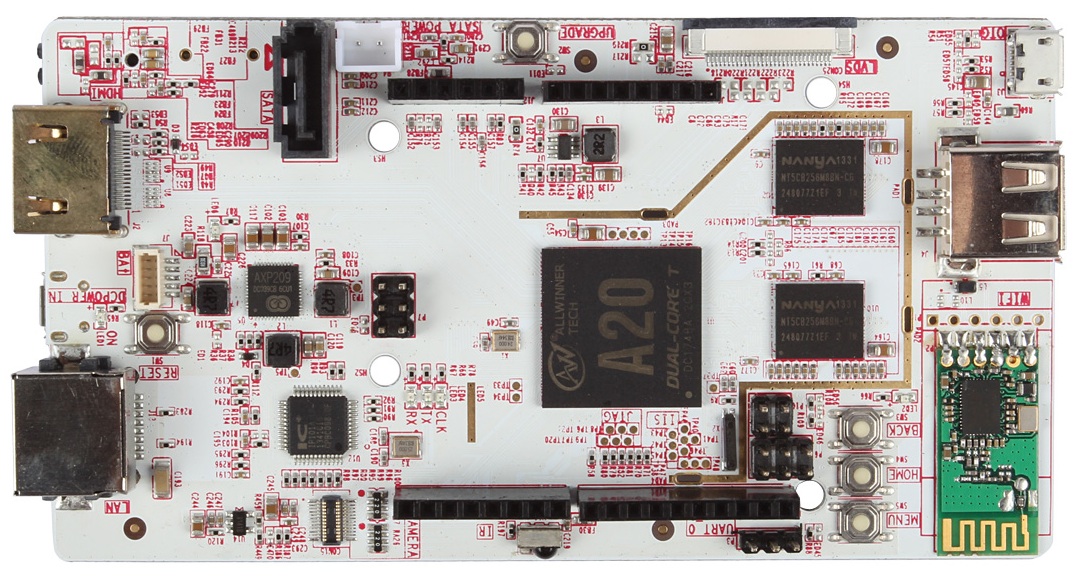pcDuino
An Integrated Introduction to Physical Computing and Virtual Modeling
A low-cost integrated agent-based modeling and physical computing platform.
Overview
The driving goal of this project is to increase the access by young learners to powerful expressive tools for computational thinking and modeling. We aim to do so by combining NetLogo's agent-based modeling (ABM) environment with the capacity for integrated data collection and physical computing offered by low-cost single-board computers (SBCs). For this project, our reference hardware platform is the pcDuino, shown below.

Background
Computational thinking is a critical form of literacy that underlies a growing number of careers and social practices. At the same time, most young girls and boys rarely have the opportunity to engage in creative computationally-mediated activity or to produce tangible objects animated by electronics of their own design. We propose to offer an integrated learning environment (including a hardware platform, modeling software, and modular activities assembled as a coherent course) that provides an introduction to expressive computing. The experience of this platform and course is designed to bridge competencies traditionally thought of as belonging to computer science, engineering, and computational STEM disciplines. In particular, we build upon pedagogical and technological advances of the past ten years to provide an introduction to computational thinking for young people that balances physical (hardware) with virtual (software) construction.
Urgency
The technology category of single-board computers (SBCs) is undergoing an extremely volatile period. It has just now become possible to run the full version of NetLogo on such machines, and the hardware layouts and capabilities are in a state of significant flux. Moreover, makers of these devices are also attending to innovative ideas for uses in education and to the needs of different software tools that enable such applications. This project thus presents an opportunity to influence the development and educational applications of SBCs in a period when they are just beginning to be widely used. In working on this project we are in close communication with LinkSprite, the maker of the pcDuino, with the goal of building mutual understanding between us, of the commercial interests of SBC providers and the needs of implementations occurring in formal and informal educational settings.
Acknowledgements
This work is supported by the National Science Foundation as EAGER project #1438813. However, any opinions, findings, conclusions, and/or recommendations are those of the investigators and do not necessarily reflect the views of the NSF.